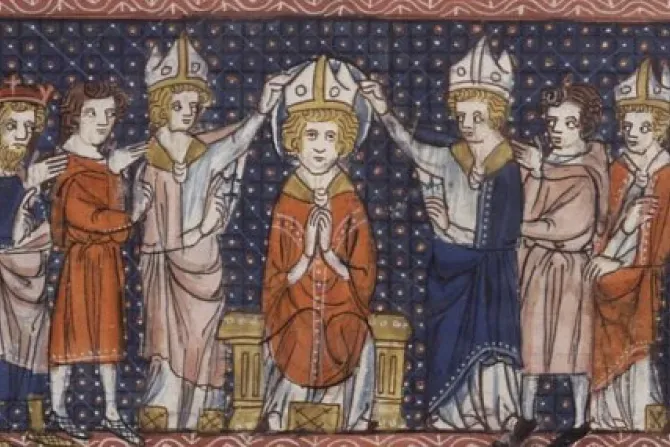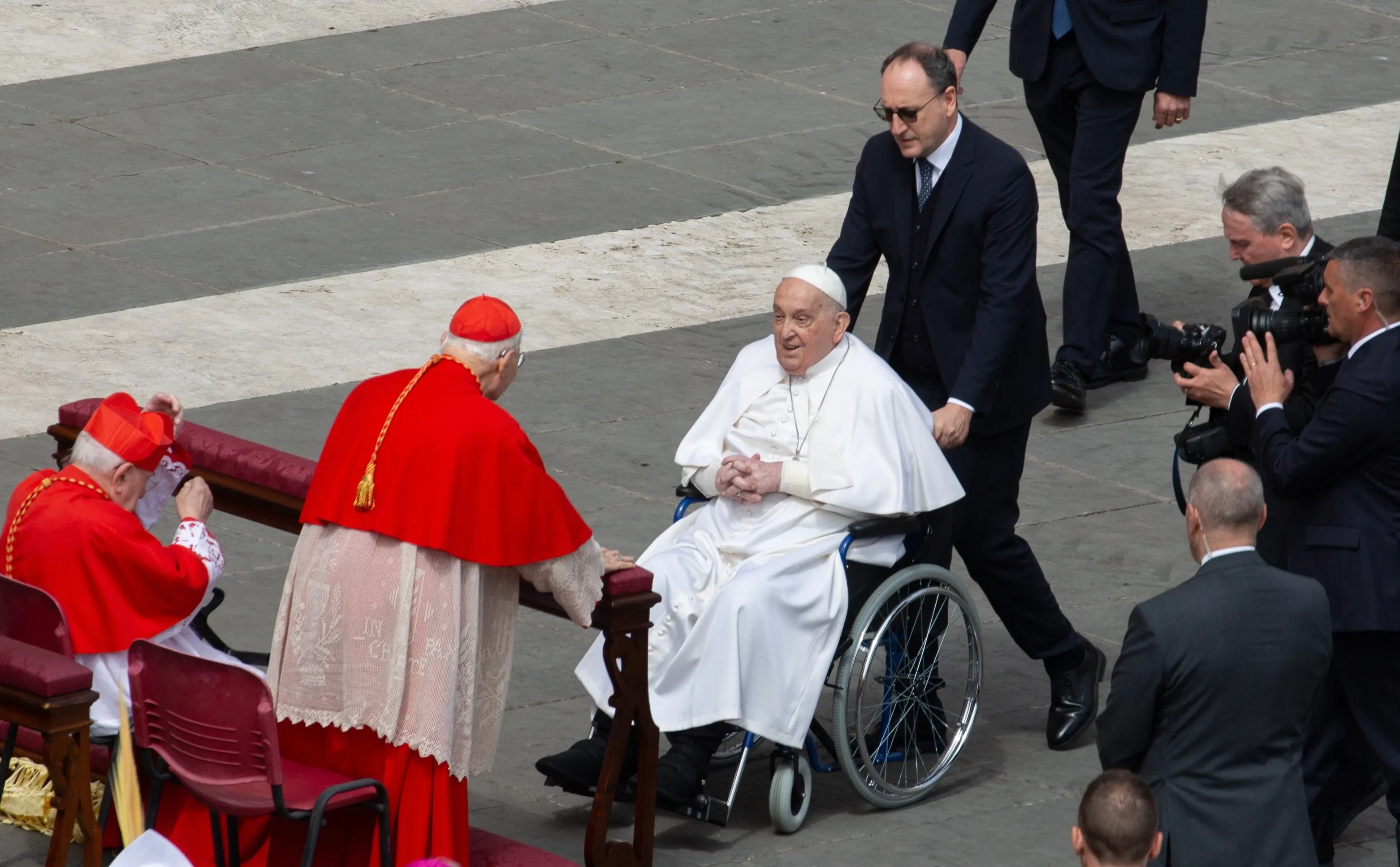Vatican City, 13 January, 2024 / 2:00 pm (ACI Africa).
After a long journey to the Catholic faith, Hilary (born in 310) was baptized in 345 and elected bishop of Poitiers in 353. His first work, “Commentary on the Gospel of Matthew,” is the oldest surviving Latin commentary on that Gospel. Pope Pius IX formally recognized him as a doctor of the Church in 1851.
During a Wednesday audience in St. Peter’s Square in October 2007, Pope Benedict XVI said St. Hilary of Poitiers was someone who battled against the Arian heresy, which said that Jesus is not divine. Benedict said that Hilary of Poitiers’ teaching shows us that “the path to Christ is open to everyone ... although it always requires individual conversion.”
Hilary had many great qualities, among which the Holy Father noted were his “spirit of conciliation that seeks to understand those who have not already arrived and helps them, with great theological knowledge, to reach the full faith in the true divinity of Jesus Christ.”
Along with this, Hilary had another “great gift,” the Holy Father said: “to join strength in the faith and meekness in his relations with others.”
Hilary was exiled to Phrygia in Turkey in 356 by Arian bishops at the so-called “synod of false apostles” by order of the emperor Constantius, who had aligned himself with the decisions at the synod. Following the emperor’s death in 361, Hilary returned to Poitiers, where he remained until his own demise six years later.








